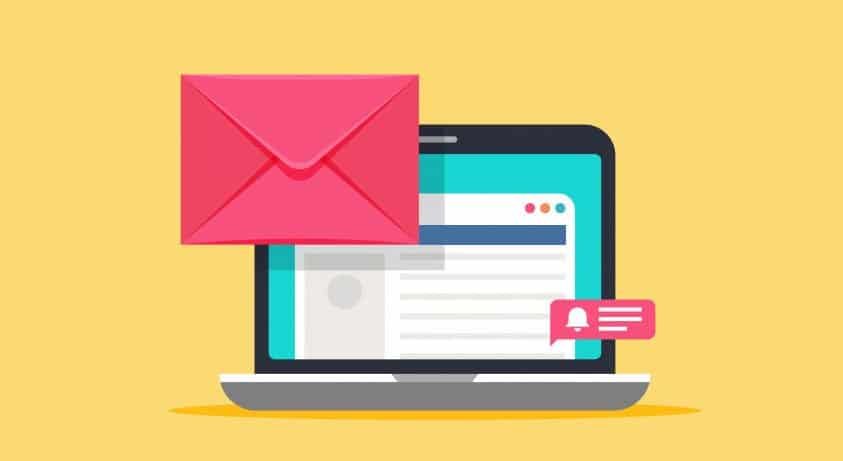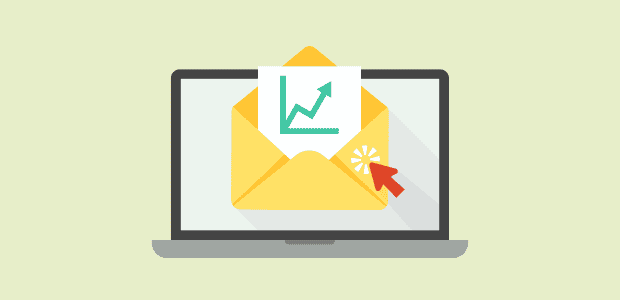What’s up! You know that feeling when you pour your heart and soul into an email, hit send, and then…crickets? Yeah, we’ve all been there. The truth is, even the most brilliant email content is useless if no one opens it. And that’s where the magic (and sometimes, the agony) of the email subject line comes in.
Think of your subject line as the ultimate first impression. It’s the gatekeeper, the bouncer, the deciding factor between your email getting a VIP pass to the inbox or ending up in the dreaded spam folder. No pressure, right?
But fear not, my friend, because in this epic guide, we’re going to break down exactly what makes a killer email subject line—the kind that not only gets noticed but practically demands to be opened. We’re talking about subject lines that boost your open rates and set the stage for email marketing success.
Unleash the Power Words: Psychological Triggers That Make People Click
Let’s get real for a second: people are bombarded with emails. To cut through the noise, you need to understand the psychology behind what makes people click. Here’s the inside scoop:
- FOMO—The Fear of Missing Out: This one’s a classic for a reason. Humans are wired to avoid loss, and that includes missing out on something awesome. Subject lines that create a sense of urgency or scarcity tap into this primal fear and drive action. Think: “Last chance to save!” “Don’t miss out!” or even a simple, “Expiring soon.”
- Curiosity Killed the Cat (But It Can Resurrect Your Open Rates): A little mystery goes a long way. Subject lines that pose intriguing questions, hint at something surprising, or even use a bit of playful reverse psychology can pique curiosity and make people want to learn more. Examples: “Don’t Open This Email,” “The Secret to [Desired Outcome],” or “You Won’t Believe What Happened.”
- Humor: Because Laughter is the Best Email Opener: Let’s face it, most inboxes are a snoozefest. A well-placed dose of humor can make your email stand out and leave a positive impression. Don’t be afraid to get creative and inject some personality into your subject lines. Think puns, witty observations, or even self-deprecating humor.
- Vanity – A Little Flattery Goes a Long Way: People love to feel good about themselves. Subject lines that appeal to vanity, offer exclusive access, or promise to enhance someone’s image can be incredibly effective. Examples: “For VIPs Only,” “Upgrade Your Style,” or “Become an Expert.”
- Greed – It’s Not Always a Bad Thing: Everyone loves a good deal! Subject lines that highlight discounts, special offers, or exclusive perks can be highly persuasive. Just be careful not to overdo it. Authenticity is key, and people can spot a fake “50% off everything!” sale a mile away. Stick to genuine offers and use strong call-to-action words like “Snag,” “Grab,” or “Claim.”
- Pain Points: Offer Solutions, Not Just Products: If you truly understand your audience, you know their challenges and frustrations. Subject lines that address these pain points and offer solutions can be highly effective. Think: “Stop Wasting Time,” “Finally, a Solution for [Problem],” or “Get Rid of [Pain Point] Forever.”

Clickbait Secrets: That Demand Attention
Okay, now that we’ve covered the psychological triggers, let’s talk about the art of crafting irresistible headlines. Your H2s and H3s need to be just as compelling as your subject lines. Think of them as mini-subject lines that guide the reader through your email and keep them engaged.
Here are some strategies to make your headlines pop:
- Use Numbers: Numbers jump off the page and create a sense of structure. Examples: “5 Ways to [Achieve Goal],” “10 Secrets You Need to Know,” or “The 3 Biggest Mistakes [Target Audience] Make.”
- Ask Questions: Just like in subject lines, questions in your headlines can pique curiosity and encourage people to keep reading. Examples: “Are You Making These Mistakes?”, “What’s the Best Way to [Do Something]?”, or “Have You Tried This Yet?”
- Use Power Words: Power words are emotionally charged words that evoke a strong response. Some examples include: Ultimate, Secret, Proven, Exclusive, Shocking, Powerful, Transform, and Guaranteed.
- Create a Sense of Urgency: Again, time is precious. Use words like Now, Limited Time, Today Only, or Don’t Miss Out to encourage people to take action.
Examples:
- The One Thing You’re Doing Wrong (And How to Fix It)
- Don’t Let This Happen to You!
- The Ultimate Guide to [Topic]
- Get Benefits in Just 5 Minutes

From Generic to Genius: Subject Line Examples That Work
No one wants to open an email that screams “BORING!” Let’s take a look at some real-world examples of subject lines that actually work:
- Personalized Greetings: “Hey [Name], Check out these hand-picked looks for you.”
- FOMO Inducers: “Uh-oh, your prescription is expiring,” or “You’re missing out on points.”
- Curiosity Triggers: “Don’t Open This Email” or “Last Day To See What This Mystery Email Is All About.”
- Funny Bone Ticklers: “Where to Drink Beer Right Now” (sent at 6:45 am) or “Licking your phone never tasted so good.”
- Value-Driven Statements: “5 must-read articles for this week” or “Your weekly dose of inspiration and motivation.”
- Straightforward Announcements: “Yes, this is a fundraising email,” or “Best coat ever.”
Beyond the Basics: Advanced Tips and Tricks
Ready to level up your subject line game even further? Here are some pro-level strategies:
- Retargeting Magic: Retargeting emails are sent to people who’ve shown interest but haven’t taken action (like abandoning a cart or not completing a purchase). Your subject lines need to address their hesitations or offer an incentive to come back. Examples: “Hey, forget something? Here’s 20% off,” or “Did you miss out on some of these new features?”
- The Power of Personalization (Beyond Just a Name): Use data to tailor subject lines based on past behavior, interests, or demographics. Think: “Because you loved [Product]” or “Recommended just for you.”
- A/B Testing: Let Data Be Your Guide: Don’t just guess what works. A/B test different subject lines to see what resonates best with your audience. Experiment with different lengths, word choices, emojis, and personalization tactics to find the winning formula.
- Emoji Mastery: Emojis can add personality and visual appeal, but use them strategically. Don’t overdo it, and make sure they’re relevant to your message and audience.
- Mobile Optimization: Most people check their email on their phones, so keep your subject lines short and snappy. Aim for 60 characters or less to ensure they’re fully visible on most devices.

The Email Subject Line Checklist: Everything You Need to Know in a Nutshell
Do:
- Keep it short, sweet, and to the point.
- Personalize whenever possible.
- Use power words and action verbs.
- Create a sense of urgency or scarcity (when appropriate).
- Test different subject lines to see what works best.
- Consider using emoji strategically.
- Optimize for mobile devices.
- Segment your audience and target subject lines accordingly.
- Use a clear call to action.
- Set clear expectations.
Don’t:
- Use all caps or excessive punctuation.
- Use misleading or clickbait language.
- Make false promises.
- Overuse spam trigger words (like “free,” “guaranteed,” or “limited time”).
Conclusion
Remember, friend, crafting a killer email subject line is a skill that takes practice. But by understanding the psychology behind what makes people click, using proven strategies, and continuously testing and refining your approach, you can write subject lines that not only get noticed but also drive opens, engagement, and ultimately, conversions.
Now go forth and conquer those boxes!
FAQs
How Long Should My Subject Lines Be? While the ideal length can vary, aim for 60 characters or less to ensure your subject line is fully visible on most mobile devices.
Can I Use Emojis in My Subject Lines? Yes, but use them sparingly and strategically. Make sure they’re relevant to your message and brand, and test to see if they improve your open rates.
What Are Some Common Mistakes to Avoid? Avoid using all caps, excessive punctuation, misleading language, or making false promises. Also, be mindful of spam trigger words, which can hurt your deliverability.

